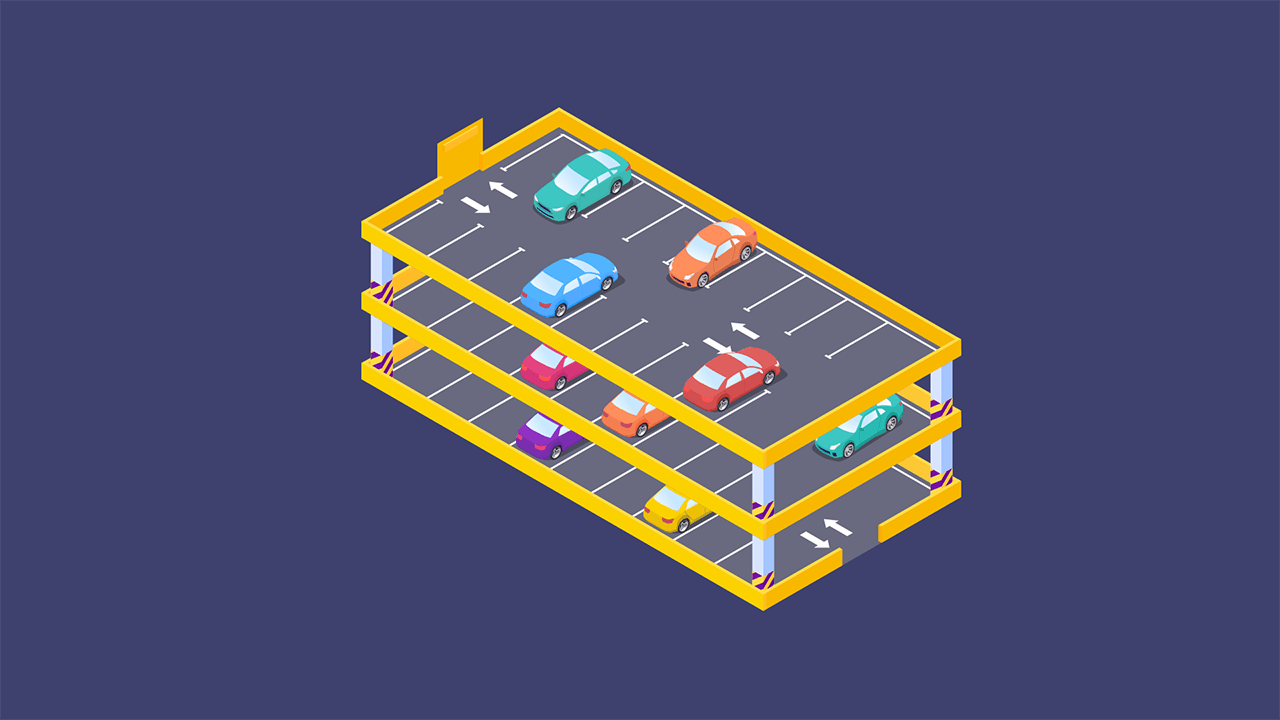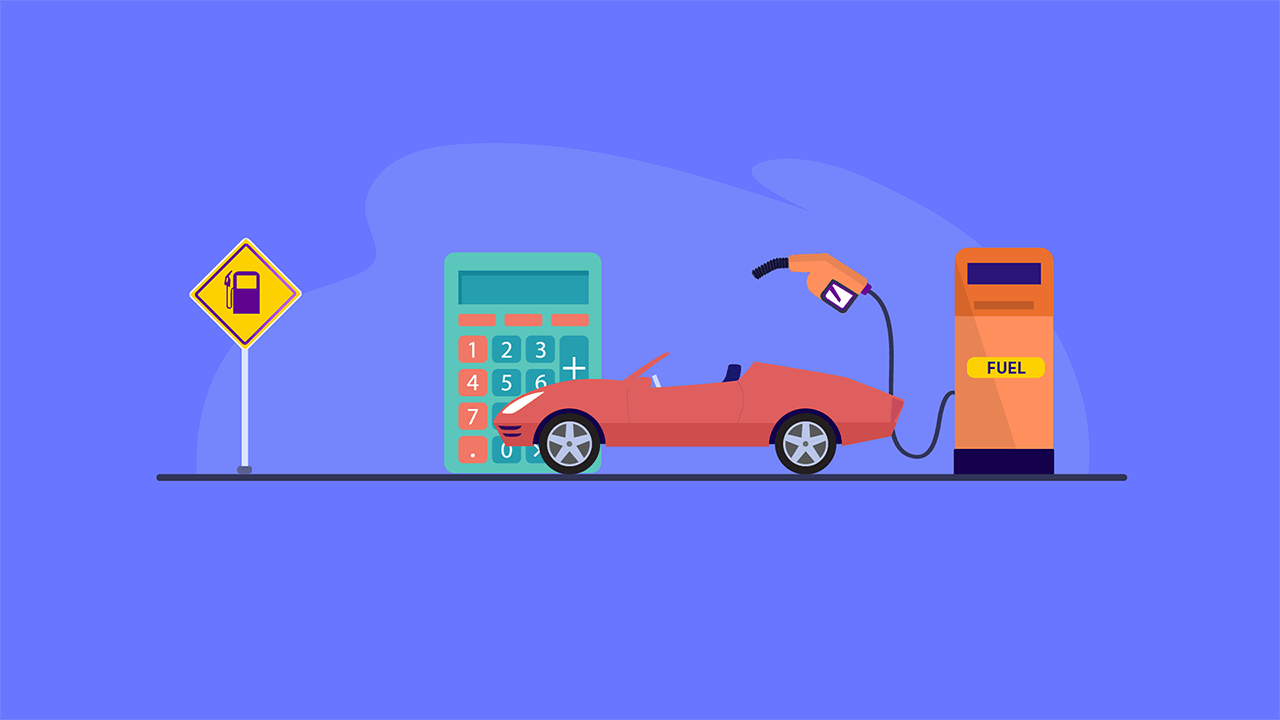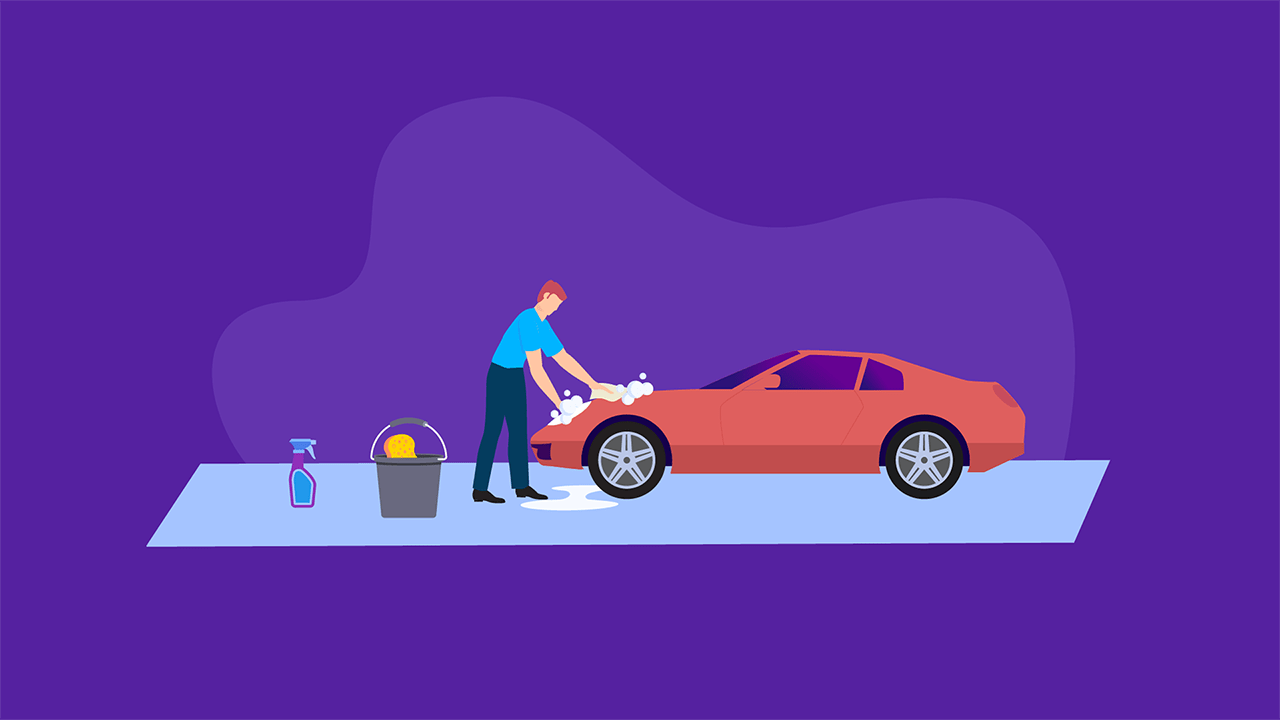America’s Interstate Highway System | Essential Facts & Tips
By Umm e Hani on Apr 03, 2024
Contents
- 3 Important Facts about Interstate Highways
- Merging onto the Highway
- Staying Safe on the Interstate
- Interstate Speed Limits and Stopping
- Highway Driving Tips
- FAQ
Driving on interstate highways requires skill and knowledge. Many people feel nervous about it, but there's no need to be. Highways demand extra caution and focus compared to local streets. Before your first interstate drive, it helps to understand how these roads work. Typically, they have two lanes in each direction, sometimes more near cities. A concrete barrier or open space separates the lanes.
On highways, you don't make turns. Instead, you use special ramps to get on and off the highway. These ramps help you join or leave the traffic smoothly. All ramps connect to the right lane of the highway. If the highway has two lanes, the left lane is only for passing slower cars. Understanding these simple facts can make you more comfortable driving on highways for the first time.
3 Important Facts about Interstate Highways
Merging onto the Highway
When entering an interstates highway, you'll merge from the entrance ramp into the right lane. Signal left as you enter the ramp, and keep an eye on your left mirror and blind spot for other vehicles in the right lane. Typically, cars in the right lane will move to the left to make room for merging traffic. Once it's clear, smoothly merge left and turn off your signal. Speed up to match the speed of the cars around you.
Staying Safe on the Interstate
When you're on an interstate highway, watch out for other drivers, especially large trucks. They might not see you well. Be mindful of fatigued long-distance drivers. Always check mirrors and blind spots before changing lanes, and use your turn signals every time. Exiting? Signal right, merge into the exit lane, slow down, and stop at the end.
Interstate Speed Limits and Stopping
Interstate highways drive in have specific speed limits, both maximum and minimum. It's crucial to stay within these limits. If you need to stop on the highway lanes, turn on your right turn signal and reduce your speed until you can safely exit onto the right-side strip of pavement or gravel designated for emergencies.
Always activate your emergency flashers when your vehicle is parked on the side of an interstate highway. Exercise utmost caution when exiting your vehicle. With experience, you'll become more at ease using interstate lanes. Keep in mind that these roads are faster-paced than typical streets, demanding heightened driver awareness.
Highway Driving Tips
Here are tips for driving on the highway
- Keep your vehicle within your lane, and don't drift into other lanes.
- Always use your turn signals when changing lanes or exiting the highway.
- Maintain a safe distance from the vehicle in front of you. Follow the "three-second rule" to measure the space between vehicles.
- Follow posted speed limits, and don't drive too fast or too slow.
- Avoid distractions like texting or using your phone. Focus on the road.
- Before changing lanes, check your blind spots to ensure no vehicles are in your way.
- When merging onto the highway, match your speed with the flow of traffic.
- Be aware of exit signs and use your turn signal in advance when exiting.
- If it's raining or visibility is poor, turn on your headlights.
- On long trips, take regular breaks to stay alert and avoid fatigue.
- Avoid driving too closely behind the vehicle in front of you.
- Know your route and be prepared for exits and lane changes.
FAQ
How To Drive On The Interstate?
To drive on the interstate, merge safely, obey speed limits, use turn signals, and stay alert. Keep a safe following distance and be aware of exit signs.
What Is A Travel Lane?
A travel lane on the interstate is a designated lane for vehicles to drive in. It's the main lane used for regular, non-exit driving.
Which Lane Is The Slow Lane?
The slow lane on the interstate is typically the right lane. It's used for slower-moving vehicles and is ideal for merging on and off the highway.
What Is Interstate Driving?
Interstate driving refers to using the network of highways that connect cities and states. It involves driving at higher speeds, often with multiple lanes, and following specific rules for safety and efficiency.
Who is responsible for creating the Interstate System?
The idea for the Interstate System we have today came from a report in 1939 called "Toll Roads and Free Roads." This report said we needed a highway system without tolls. The people behind this report were Thomas H. MacDonald and Herbert S. Fairbank, who worked for the U.S. Bureau of Public Roads. They came up with the initial ideas, which later became the Interstate System we know. It all started with them.


